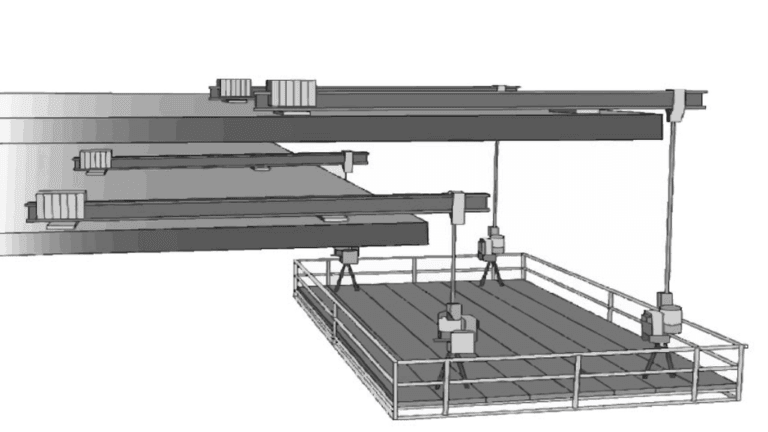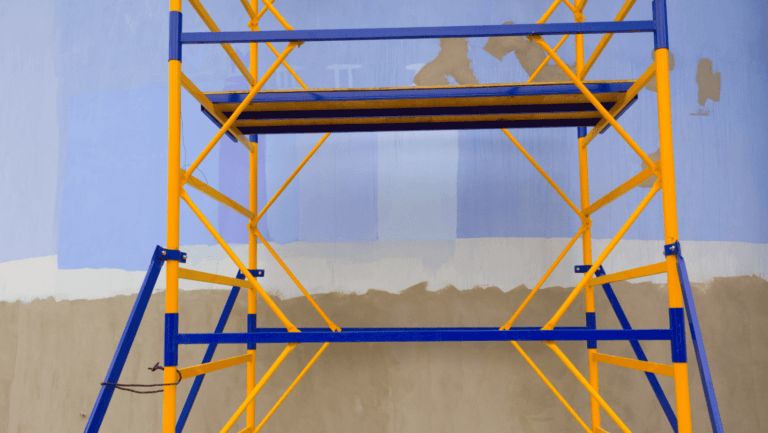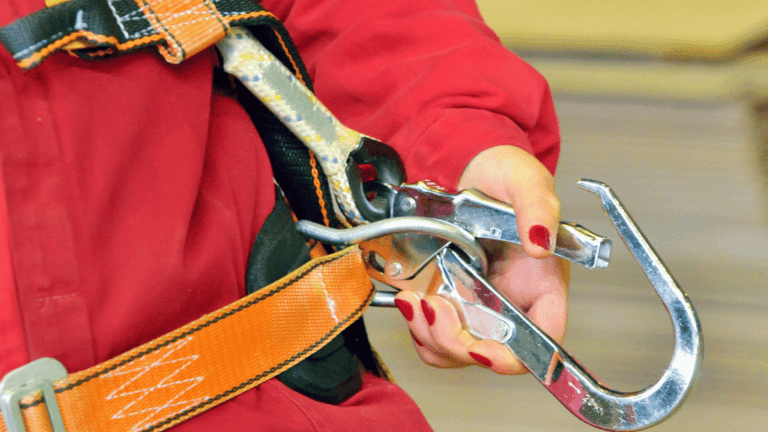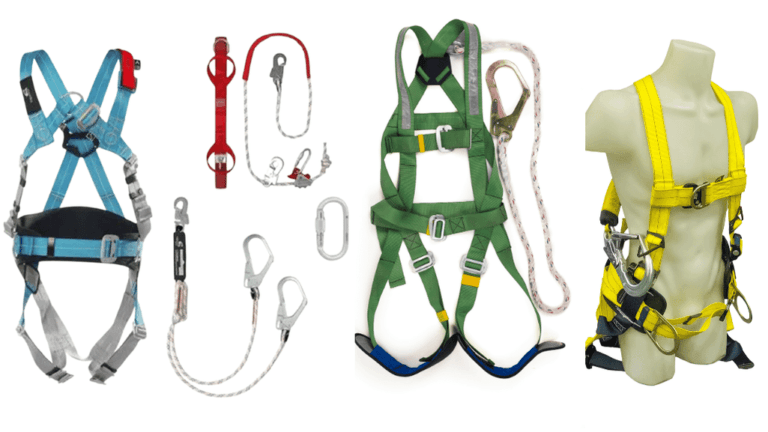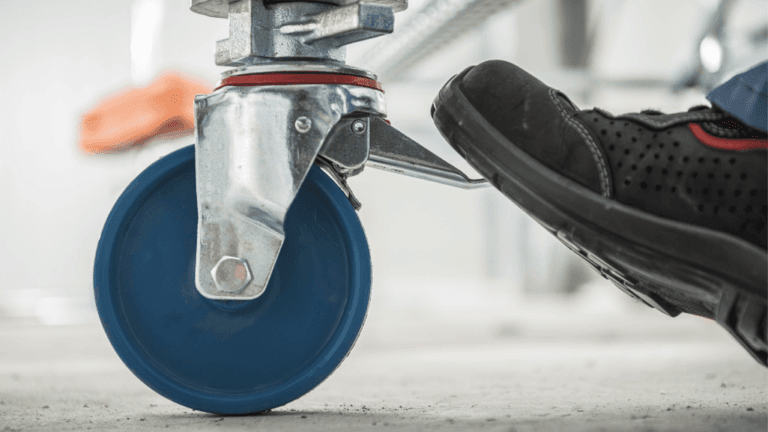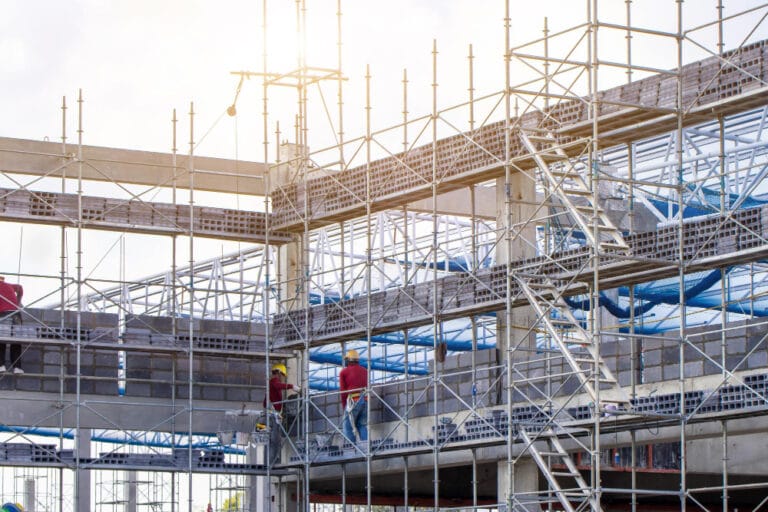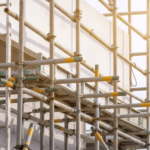Phone:
(+65)8319-0742
Need to build a scaffold for your next DIY project? This step-by-step guide shows you exactly how to make a scaffold, including the materials and tools you’ll need, design tips, and crucial safety measures. Let’s get started!
Key Takeaways
Gather essential materials and tools, including 2×4 lumber, plywood, and necessary equipment like a circular saw and drill, to ensure a smooth scaffold construction process.
Design your scaffold with careful planning, considering dimensions and safety features to support a load four times greater than intended, enhancing stability and preventing lateral movement.
Incorporate safety features such as guard rails and a secure ladder, and conduct a thorough final inspection to verify the scaffold is safe and ready for use.
Gathering Your Materials and Tools
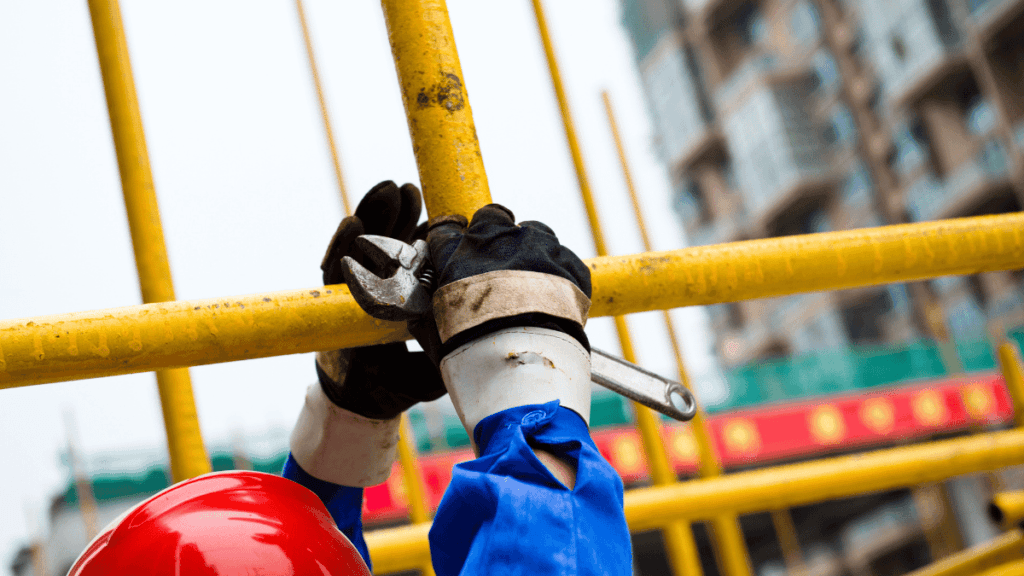
Gather all necessary materials and tools before starting your scaffold project. This preparation saves time and ensures a smooth and safe construction process.
Essential Materials
To build a sturdy and reliable scaffold, gather 2×4 lumber, plywood sheets, nails, screws, and braces. These materials will form the backbone of your scaffold, ensuring strength and stability.
Necessary Tools
Equip yourself with essential tools: a circular saw, drill, hammer, measuring tape, level, and ladder. These will help you cut, assemble, and secure the scaffold components efficiently.
Ensure all tools are in good working condition to maintain safety and efficiency during the tool project.
Designing Your Scaffold Structure

Designing your scaffold requires careful planning and consideration. A well-thought-out design ensures the scaffold meets your needs and enhances safety and stability.
Planning the Dimensions
Consider the height and width required for your project. Fasten the 2x4s at the 8′ point to allow for crossed tops that connect handrails, essential for safety.
Safety Considerations
Ensure your scaffold can support at least four times the maximum intended load. Features like cross bracing enhance the structure’s rigidity, preventing lateral movement and ensuring a secure working environment.
Building the Scaffold Frame

With your design ready, begin building the scaffold frame by cutting the lumber to size and assembling it accurately for stability and safety. The frame should be built for maximum durability.
Cutting Lumber to Size
Start by cutting the lumber according to your design. Gather materials such as two 8-foot-long 2x4s, one 3/4-inch plywood sheet, four 8-foot 2x6s, and two 2-foot-long 2x4s made of wood. Make sure all pieces are cut to the correct lengths and angles to avoid structural weaknesses.
Assembling the Frame
After cutting the lumber, assemble the frame starting with the long sides before adding the rungs. Secure the components with glue and screws, ensuring all connections are tight and stable.
Check for squareness using a large framing square and adjust as necessary.
Adding Support and Stability

To ensure your scaffold is safe, add support and stability by installing cross braces and securing the base.
Installing Cross Braces
Install cross braces at diagonal angles to reinforce the scaffold, maintaining its square shape and preventing swaying.
Securing the Base
Secure the base with a catch system made from plywood and bolts to stabilize the platform. This system locks the platform in place, preventing it from sliding out and ensuring stability.
Constructing the Platform

Construct the platform carefully and securely, as this is where most of your work will take place.
Preparing the Plywood Platform
Use a circular saw to cut the plywood sheet to the correct dimensions. Smooth the edges to remove splinters for enhanced safety.
Attaching the Platform
Attach the plywood platform to the scaffold frame securely with screws and glue.
Confirm the platform’s stability to ensure it is secure and safe for use.
Ensuring Safety Features
Incorporate safety features to prevent accidents and comply with safety regulations.
Guard Rails Installation
Install guard rails on scaffolding platforms that are 10 feet or higher to meet safety standards. Proper attachment prevents movement and ensures safety.
Ladder Integration
Incorporate a ladder and ladders into the scaffold design to lay erect scaffolding for safe and easy access to elevated work areas.
Securely attach and position the ladder to prevent falls.
Final Assembly and Inspection
Final assembly and inspection are crucial to ensure your scaffold is safe and ready for use.
Final Adjustments
Make final adjustments to ensure the scaffold is level and stable, such as repositioning base plates or adding shims.
Safety Inspection
Conduct a thorough safety inspection to verify that all components are secure and safe for use. A qualified inspector should check the scaffold’s assembly and identify any damages.
Summary
Summarize the key points of the article, emphasizing the importance of safety and proper construction techniques. Conclude with an inspiring message encouraging readers to take on their DIY projects with confidence.
Frequently Asked Questions
What materials do I need to build a scaffold?
To build a scaffold, you will need 2×4 lumber, plywood sheets, nails, screws, and braces. These materials will ensure a sturdy and safe structure for your project.
What tools are essential for building a scaffold?
To effectively build a scaffold, you need essential tools such as a circular saw, drill, hammer, measuring tape, level, and ladder. Ensuring you have these tools will facilitate a safe and efficient construction process.
How do I ensure the scaffold is safe to use?
To ensure the scaffold is safe to use, verify it can support at least four times the maximum intended load and incorporate essential safety features such as cross bracing and guard rails. Prioritizing these measures will significantly enhance safety during use.
How do I install cross braces on the scaffold?
To effectively reinforce the scaffold, install cross braces at diagonal angles. This positioning maximizes their structural support.
What should I do before using the scaffold?
Before using the scaffold, conduct a final inspection to ensure that all components are secure and safe. This step is crucial for your safety and the effectiveness of the scaffold.



